Summary:
1. Areas for improvement in the Polish – Austrian relations considering their strong foundations.
2. Continuous growth of economic cooperation between Austria and Poland.
3. The inflow of migrants from Balkans, Africa and the Middle East as one of the most significant challenges for both countries.
4. Foreign military missions – a vital issue for both Poland and Austria.
5. Increased migration, terrorist threats, smuggling and trafficking of arms, disinformation and influence of foreign countries – identifying potential areas of common interests.
Introduction
Recent years have seen a renewed interest in bilateral relations between Poland and Austria with a growing body of literature now recognizing the matter of joint Polish-Austrian cooperation and prospects for their future, in particular in the context of economic development and military cooperation rather than Soviet and German perspectives which had previously dominated the discourse.
A noticeable dynamism in the Polish-Austrian relations began to be observed in the late 20th century. At that time, both sides set out to establish bilateral diplomatic relations. It manifested in trade cooperation, a similar approach towards political shifts in Europe, as well as military understanding of the Treaty on the Non-Proliferation of Nuclear Weapons and ban on the usage of chemical and biological weapons.
The most significant number of bilateral meetings of Polish and Austrian representatives took place between 2004 and 2011, starting with a visit of former Polish President Aleksander Kwaśniewski to Austria in 2004 and a subsequent visit of Austrian President Heinz Fisher to Poland. They were followed by a number of visits of each country’s representatives, mainly after Poland’s accession to the European Union. However, after 2011, frequency of regular bilateral meetings decreased. Another official appointment did not take place until January 2020. Ultimately, after nine years, the heads of state had a chance to meet as President of the Republic of Poland Andrzej Duda and President of the Republic of Austria Alexander Van der Bellen met in Poland on the occasion of the opening Consulate General of the Republic of Austria in Krakow.
Economic dimension
One of the most crucial areas of the Polish and Austrian co-operation is trade. Overall, since 2014 an upward trend in trade volume has been observed. In 2018, import from Poland to Austria amounted to 4.196.148 billion euros, while in 2019 – 4.665.495 billion euros. Import from Poland constitutes 3% of Austria’s trade with Europe, with most imported goods being, among others, black coal and briquettes, brown coal, copper (including copper wire,) furniture vans, passenger cars, tractors, fruits, processed fruit and vegetables, parts of machines and technical apparatus.
Trade with Poland has been on the steady rise: it now constitutes 3,4% of all export from Austria to the European countries. In 2018, it amounted to 4.779.466 billion euros, while in 2019 – 5.181.082 billion euros with main exported products being electric machines, motor vehicles and car parts, motorcycles, iron and steel, plastic products, paper, cardboard, furniture, mattresses, and wooden products.
Foreign trade between Austria and Poland (amounts in billions of euros)
| Year | 2019 | 2018 | Improvement |
| Import | 4.665.495 | 4.196.148 | 11,2% |
| Export | 5.181.082 | 4.779.466 | 8,4% |
Austria’s exports and imports to the EU-28 markets constitute approximately 70% of the country’s foreign trade. Germany has been Austria’s most significant trading partner for years, followed by Italy, the Czech Republic, France, Switzerland, Hungary, as well as Poland.
However, in the energy sector, for Austria, the most important partner has been Russia as it seems more favourable for Vienna to cooperate with Moscow rather than develop multilateral energy sector within the European Union community.
Migration issues
Poland and Austria have a considerable number of common interests in terms of security. In case of both states, uncontrolled migration is considered one of the main threats. As of recent, FRONTEX has diagnosed at least nine illegal migration routes to Europe, and among them, four are leading through Poland and Austria. They are as follows:
– Moldova – Ukraine – Poland – Czech Republic – Austria – Italy;
– Greece – Bulgaria – Romania – Hungary – Austria – Czech Republic – Poland – Germany – other Western European countries;
– Greece – Bulgaria – Serbia – Hungary – Austria – Slovakia – Poland – Germany;
– Bulgaria – Romania – Ukraine – Poland – Czech Republic – Austria – Germany.
There is a significant space for both countries to tighten bilateral relations in order to have an impact on current migrations trends in Europe. Polish and Austrian governments are no different in terms of their awareness of the consequences of uncontrolled migrations. One of the biggest challenges for both countries, as well as for whole Europe, has been crisis related to refugees from Asian and African countries at the end of 2014, which has increased the total number of forcibly displaced people worldwide to almost 60 million. Such was the enormity of the crisis that on 14 September 2015, Austria instituted control over its borders and deployed the Austrian Armed Forces along its border with Hungary. Currently, the country hosts approximately 100 000 migrants from Syria, Afghanistan and Iran. Still, the most significant number of them come from Germany – 200 059, Romania – 123 461, Serbia – 122 364, Turkey – 117 640, and Bosnia and Herzegovina – 96 635.
On the other hand, the Polish government has opposed to accepting immigrants from Africa and the Middle East. However, the Polish labour market has opened for Ukrainians, and, as of now, 215 000 Ukraine’s residents are in possession of work permits issued by the state of Poland (out of a total number of 1,3 million Ukrainians in the country.) Other countries whose residents have valid residence permits issued by Poland are as follows: Belarus – 25 000, Germany – 21 000, Russia – 12 500, Vietnam – 12 100, India – 10 000, Italy – 8 500, and China – 8 500.It’s worth noticing than the recent refugee crisis has led to disproportions in terms of immigrants’ allocation as there are no regulations regarding the issue at the EU’s level.
The burden of individual countries, as well as joint cooperation on the EU’s external borders, is worth being examined, as Poland and Austria might have an impact on future international regulations due to their own solutions regarding the issue.
Although countries such as Germany, France, and Great Britain are often the most popular destinations among migrants (as this is where benefit from stable employment as well as fair social conditions,) Central Europe has also become a popular destination. However, a lack of joint involvement of the EU’s administrative entities and international agreements related to the EU’s migration policy at the bloc’s level has caused individual states to act independently in regards to migration, for instance Poland and V4 countries have very similar migration policies, with Austria’s perspective of the migration process emerging as being similar to the Polish one. Thus, further cooperation between Poland and Austria might lead to sustainable development in the region (as well as on the European and international level) and allow to oversee an inflow of migrants in the future, for instance, from the Balkans, and subsequently create a desirable environment for both migrants and the rest of the society alike.
Military missions
Even though Austria had been expressing a degree of skepticism with regards to joining the European Union, it eventually became its member in 1995. For Austria, it has opened doors to new trade markets and allowed the state to have an impact on the block’s status. However, it has asserted limited interest in multilateral military cooperation, even though the country borders the North Atlantic Treaty Organization adherents. Altogether, six EU member states, all of which have declared their non-alignment with military alliances, are not NATO members – these are: Austria, Cyprus, Finland, Ireland, Malta, and Sweden. Switzerland, which only borders EU’s countries, has also maintained neutrality by staying out of the bloc.
Nonetheless, the NATO-Austria relations are conducted through the Partnership for Peace (PfP) framework, which Austria joined in 1995. NATO and Austria have actively cooperated in peace-support operations and have developed practical cooperation in a range of other areas. Austria has worked alongside its allies in security and peacekeeping operations in Bosnia and Herzegovina, and deployed personnel in Afghanistan and Kosovo. Additionally, the state has participated in the EU missions in Bosnia and Herzegovina (EUFOR Althea,) the Republique of Chad (EUFOR Tchad,) and the Central African Republic (RCA.) Currently, the Austrian Armed Forces are part of the United Nations’ missions in Lebanon and the EU’s mission in Mali, among others.

As of present, neither does enhanced military cooperation between Poland and Austria exist nor are there plans in place to establish, for example, a common battalion or organize joint military exercises. Admittedly, most military exercises in Europe are led by NATO Command; however, Poland has cooperated on military-related matters with non-NATO states, such as Ukraine. Hence, there is a space for the parties to draw further plans, for example, regarding an involvement in international military missions.
Recommendations
Polish experts indicate that cultural, political and ideological proximity, as well as common history, are essential factors for continuing enhanced cooperation with Austria. There are tools available to create a partnership which might considerably reshape a secure and stable environment of Central Europe, especially within the field of maintaining security in the region due to increased migration, terrorist threats, smuggling and trafficking of arms, disinformation, or the influence of foreign countries. Currently, in the post-Cold War era, it might be best time to reproduce and extend the possible strong cooperation between Vienna and Warsaw.
The issue of Polish-Austrian cooperation will be further investigated as a part of a scientific research in Austria in 2020 and 2021.
Bibliography:
Kisztelińska-Węgrzyńska, Austria w dyplomacji polskiej po 2004 roku, p. 129-131, [in:] Polityka – Kultura – Społeczeństwo, Niemcy, Austria, Szwajcaria w pierwszej dekadzie XXI wieku, red. E. Kuczyński, M. Tomczyk, Łódź 2013.
D. Litwin-Lewandowska, Austria i Polska w dialogu politycznym po 1989 roku, p. 160-161, [in:] Austria i relacje polsko-austriackie w XX i XXI wieku, red. A. Kisztelińska-Węgrzyńska, K. Kuczyński, Łódź 2014.
E. Jaroszewska, Austria wobec zjawiska migracji, p. 111, [in:] Państwa niemieckojęzyczne w procesie integracji europejskiej: Austria, Liechtenstein, Szwajcaria, red. D. Popławski, Warszawa 2011.
Federal Ministry Republic of Austria, https://www.bmeia.gv.at/en/, accessed: 05.07.2020.
J. Barcz, Austria w drugiej połowie lat 90. Wobec „Rozszerzenia na wschód” (Osterweiterung) Unii Europejskiej, p. 141, [in:] Austria i relacje polsko-austriackie w XX i XXI wieku, red. A. Kisztelińska-Węgrzyńska, K. Kuczyński, Łódź 2014.
M. Paszyn, Współpraca gospodarcza Austrii i Rosji w XXI wieku na przykładzie inwestycji wzajemnych i energetyki, p. 312, [in:] Niemcy, Szwajcaria i Austria na arenie międzynarodowej, red. E. Kuczyński, M. Tomczyk, Łódź 2014.
Ministerstwo Spraw Zagranicznych, https://www.gov.pl/web/dyplomacja, accessed: 10.07.2020.
NATO, Relations with Austria, https://www.nato.int/cps/en/natohq/topics_48901.htm, accessed: 07.06.2020.
Prezydent, Polish, Austrian presidents attend reopening of Austria’s consulate, https://www.prezydent.pl/en/news/art,1164,polish-austrian-presidents-attend-reopening-of-austrias-consulate.html , accessed: 08.06.2020.
Republic of Austria, Parliament, https://www.parlament.gv.at/ENGL/PERK/PARL/, accessed: 12.07.2020
S. Syndoman, Polsko-Austriackie stosunki dyplomatyczne i kontakty polityczne w latach 1970-1989, p. 103, [in:] Austria i relacje polsko-austriackie w XX i XXI wieku, red. A. Kisztelińska-Węgrzyńska, K. Kuczyński, Łódź 2014.
The European Border and Coast Guard Agency, https://frontex.europa.eu, accessed: 08.07.2020.
Thorpe, N.: The Road Before Me Weeps, Yale University Press, London 2019, pp. 132-141.












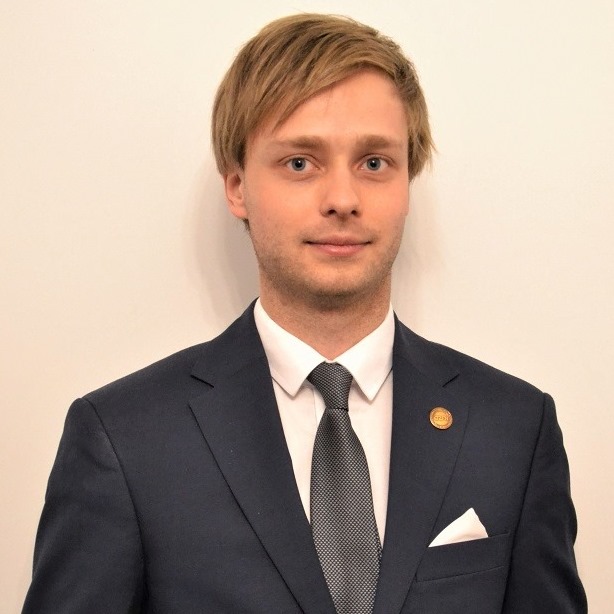













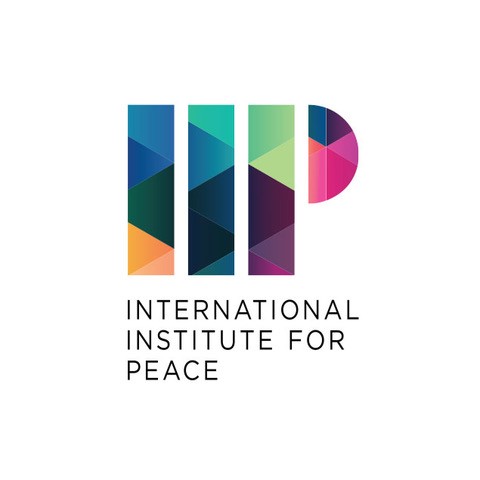
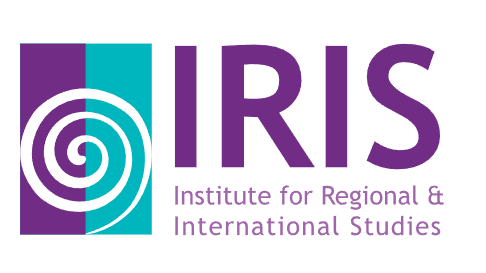
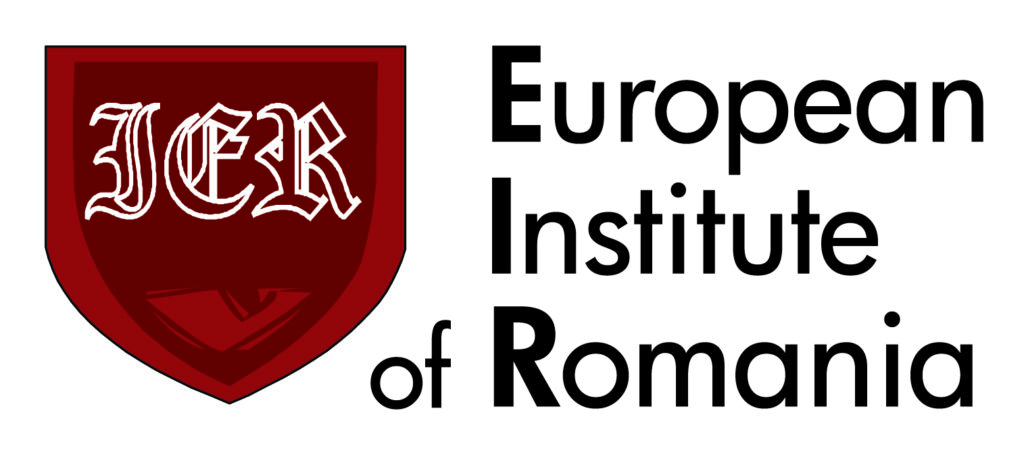
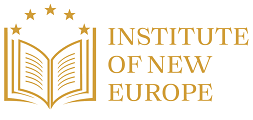
Comments are closed.